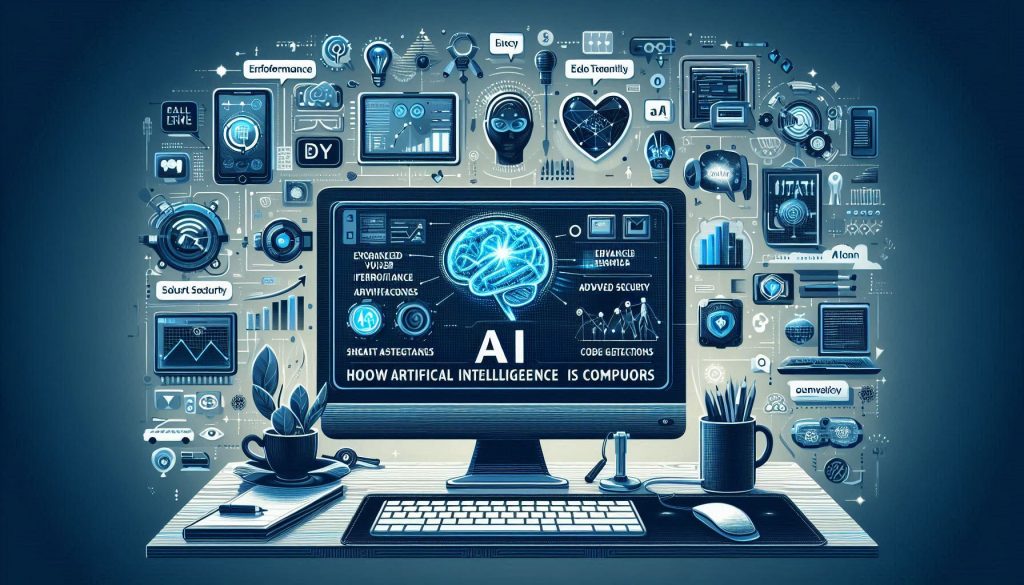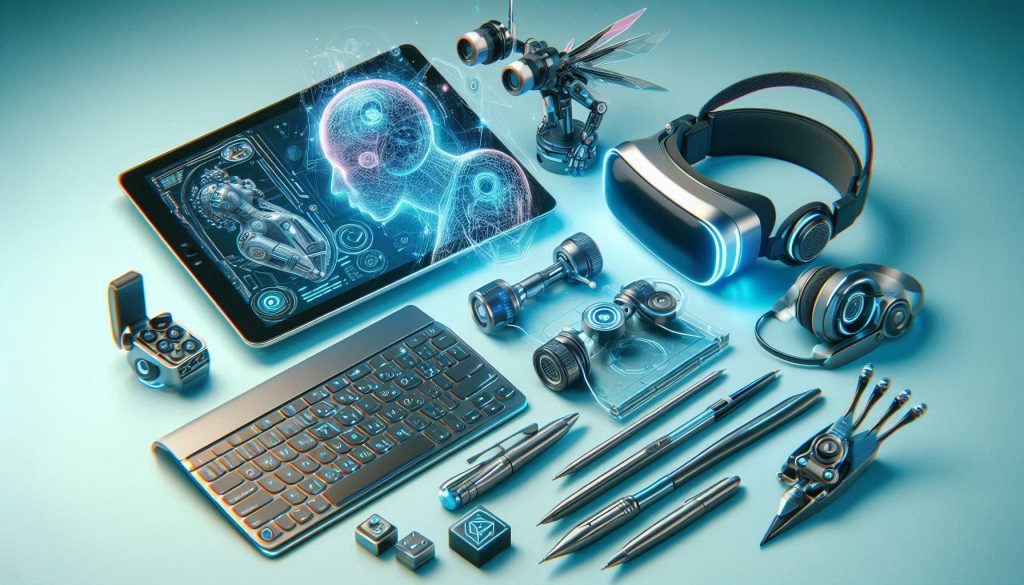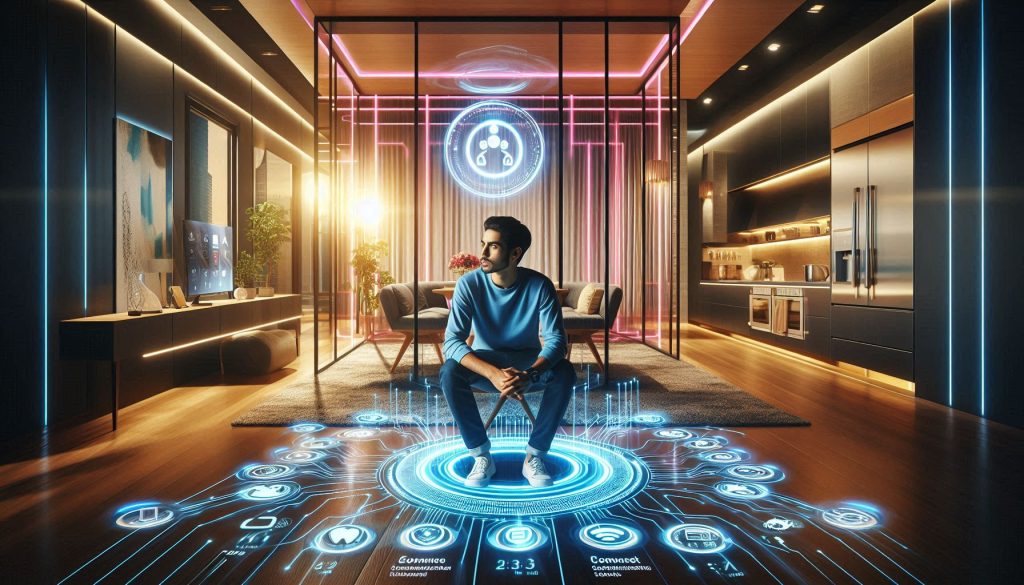
Artificial Intelligence (AI) is transforming the way we interact with technology, bringing advancements that enhance performance, efficiency, and user experience. From personal devices to enterprise solutions, AI is becoming an integral part of everyday tech. Here’s how AI is changing computers and what it means for users.
1. Enhanced Performance and Efficiency
Overview: AI algorithms can optimize system performance and energy usage, making computers run more efficiently.
Examples:
- Dynamic Resource Management: AI can analyze system usage patterns and adjust resource allocation to ensure smooth performance.
- Energy Efficiency: AI-driven power management systems can reduce energy consumption by optimizing hardware usage.
Impact: Users experience faster and more responsive computers with improved battery life and lower energy costs.
2. Smarter User Interfaces
Overview: AI enhances user interfaces, making them more intuitive and adaptive to individual preferences.
Examples:
- Voice Assistants: AI-powered voice assistants like Cortana, Siri, and Google Assistant enable hands-free control and voice commands.
- Personalized Recommendations: AI can analyze user behavior to provide personalized app suggestions, content recommendations, and shortcuts.
Impact: Users enjoy a more personalized and seamless interaction with their devices, improving overall convenience and productivity.

3. Advanced Security Features
Overview: AI plays a crucial role in enhancing computer security by detecting and responding to threats in real-time.
Examples:
- Threat Detection: AI algorithms can identify unusual patterns and behaviors that may indicate malware or cyberattacks.
- Fraud Prevention: AI systems can analyze transaction patterns to detect fraudulent activities and prevent unauthorized access.
Impact: Increased security and protection against evolving cyber threats, giving users peace of mind.
4. Improved Software Development
Overview: AI is revolutionizing software development by automating code generation and testing processes.
Examples:
- Code Generation: AI tools can assist developers by suggesting code snippets and automating repetitive tasks.
- Automated Testing: AI can perform extensive testing and debugging, identifying potential issues more quickly and accurately.
Impact: Faster software development cycles and higher-quality applications, benefiting both developers and end-users.

5. Enhanced Creativity and Productivity Tools
Overview: AI is enhancing creativity and productivity tools, enabling users to create and work more efficiently.
Examples:
- AI Art and Design: Tools like Adobe Sensei use AI to enhance photo editing, graphic design, and video production.
- Smart Writing Assistants: AI-powered writing tools can suggest improvements, grammar corrections, and style enhancements.
Impact: Users have access to advanced tools that streamline creative processes and boost productivity.
6. Revolutionizing Customer Support
Overview: AI-driven chatbots and virtual assistants are transforming customer support by providing instant and accurate responses.
Examples:
- AI Chatbots: These can handle customer inquiries, provide troubleshooting support, and assist with common issues without human intervention.
- Virtual Assistants: AI can analyze customer queries and provide personalized solutions based on historical data.
Impact: Faster and more efficient customer support, improving user satisfaction and reducing the workload on human agents.

7. Smart Automation and Integration
Overview: AI enables automation and integration of various tasks, enhancing productivity and efficiency.
Examples:
- Automated Workflows: AI can automate routine tasks, such as data entry and email management, freeing up time for more critical activities.
- Integrated Systems: AI can integrate with various applications and devices, creating cohesive and efficient workflows.
Impact: Streamlined processes and reduced manual effort, leading to increased efficiency and productivity.

